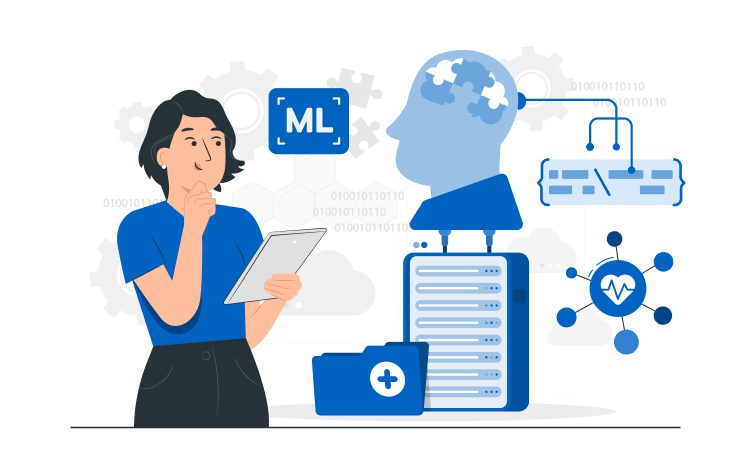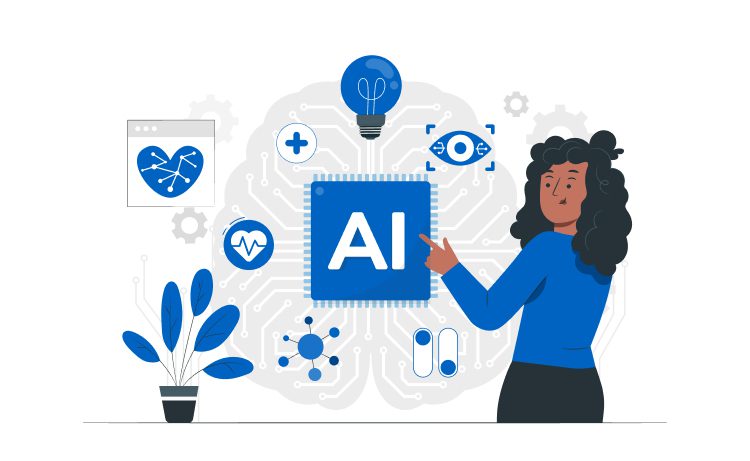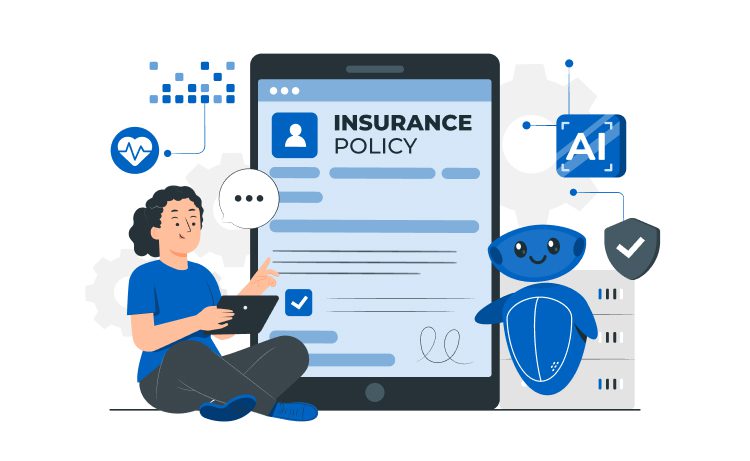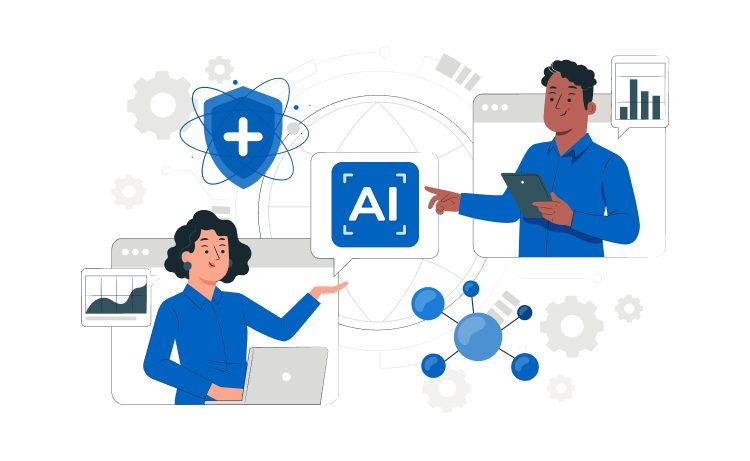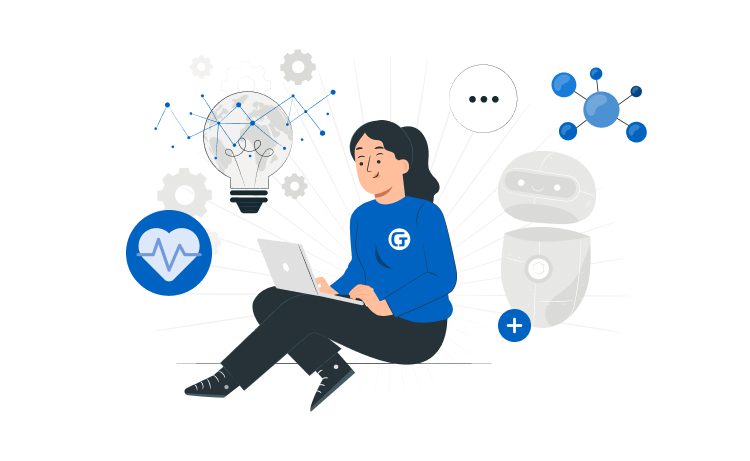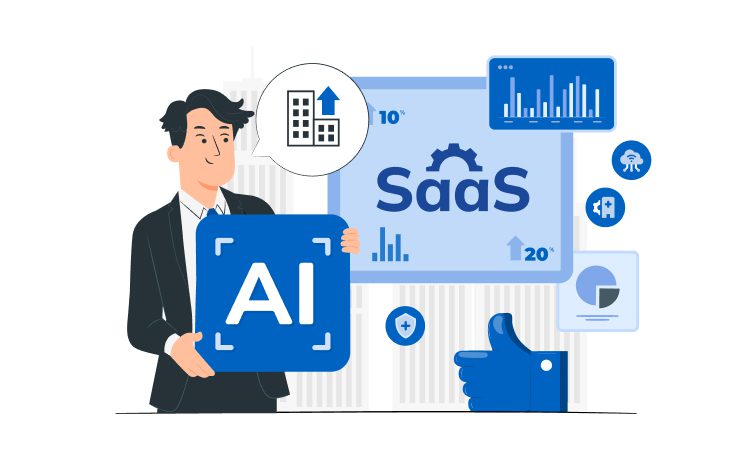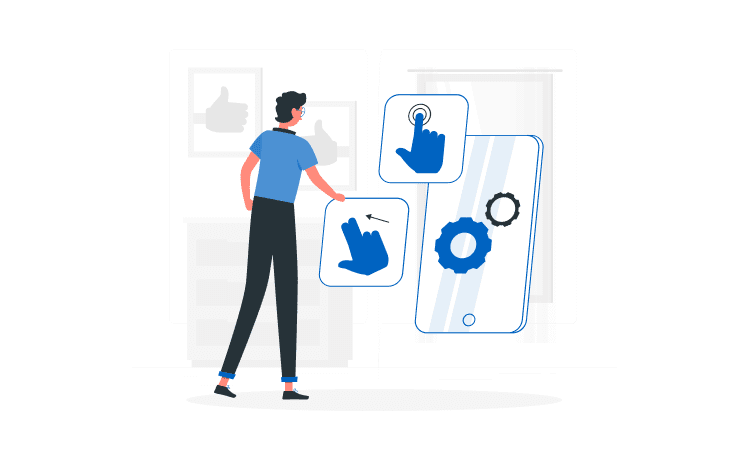
Healthcare UX Design: Future, Trends, Challenges, and Best UX Tips



Are your rivals stealing your clients? Do they encroach on your market share? Are you losing the competition due to poor healthcare soft, especially UX design? Stop and reflect. Can you boast of an accessible easy-to-use app? Is it fantastical in terms of customization and functionality? It seems it’s time to rush forward into the future of healthcare UX design.
If you desire to overcome all these challenges, enhance your user experience. Why? It stands at the front line between caregivers and receivers. UX guards your reputation and brand image.
Learn how to cater to the most demanding clients with sophisticated healthcare tech innovations. To provide advanced comprehensive care services to all your existing and potential users make the most use of Internet of things (IoT) devices, wearables, telemedicine, and other tech boosters. So what does a good UX design look like?
Content
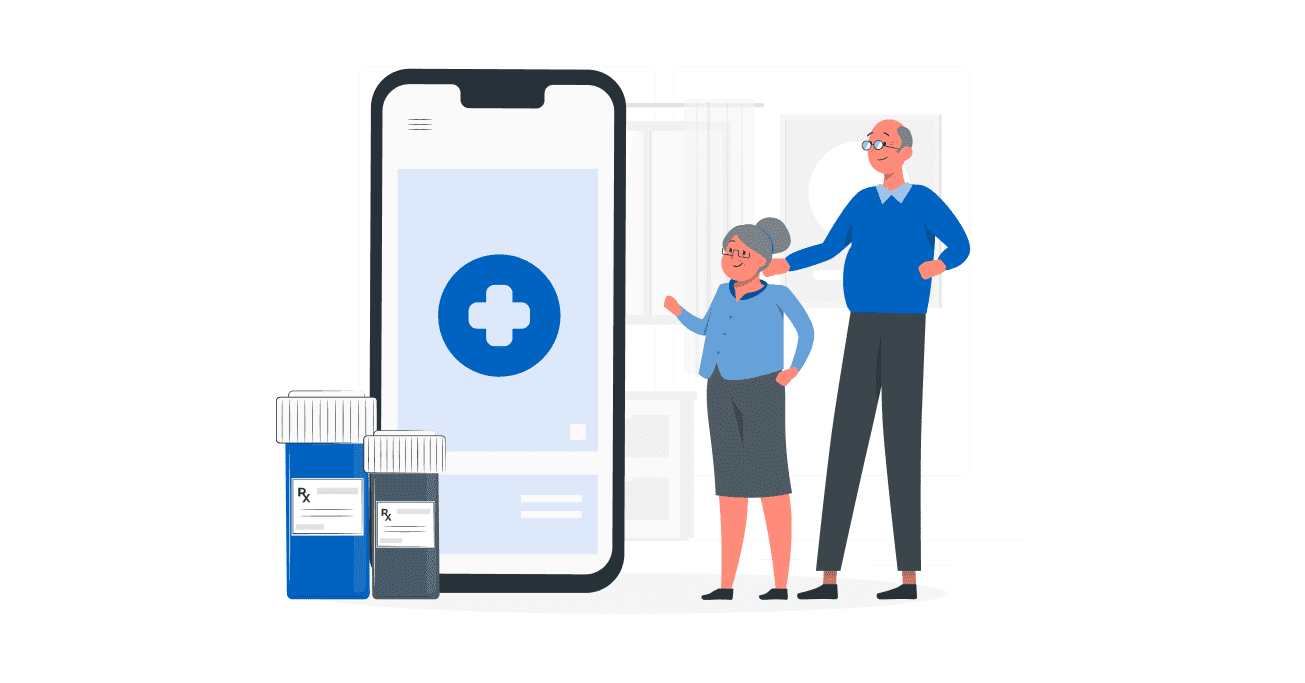
Good UX design adjusts to all the requirements of the current healthcare industry. Just asks specialists from the advanced UI/UX Design Companies, they’ll confirm.
UX is evolving to serve best for distant, more tech-complicated treatment. It supports wearables, mobile devices, efficient data management, diagnostics, and others. One of its most crucial features is accessibility.
Special accommodations have to cover the widest pool of healthcare uses. They have to include aging people, inclusive patients, and other vulnerable segments. Customizable functions of the user’s interface ease the adoption phase and further handling. They must be clear and easy to handle.
The aging group of US citizens will make up a quarter of all population by 2060 as reported by the US office of disease prevention and health promotion. People are living longer. Thus, this fraction will stand for 98 million elderly patients aged 65 and over.
Functionality adoption for seniors has to cover built-in options for colors, text sizes. Clear icons, elementary navigation, and language selection have become a must-have so far. The elderly may also enjoy text-to-speech conversion, video demonstrations. Similar configuration options may help to reach other audiences. Patients with some physical impairments, like auditory loss or poor eyesight, will benefit, as well.
The modern healthcare industry is impossible without a tech component. Advanced medical or care devices, tools, and facilities ensure a comprehensive approach. Technologies have already entered a treatment standards base. They include various wearables and IoT devices.
Telemedicine is gaining popularity. Accessibility for patients living in rural areas and practical technology application are top drivers. Why? Distant treatment has become possible due to accessible telemedicine healthcare. Other prominent features of an outstanding healthcare UX design are the provision of patient data privacy and information transparency for both categories: care providers and receivers.
Key Features of a Good Healthcare UX Design:

Tech advancements are changing plenty of industries, like legal services, finance, banking. They didn’t avoid healthcare, as well. Pandemic pushed tech development to ensure telemedicine, other digital solutions, save people’s lives. Digital healthcare investments broke a record of almost $30 billion in 2023. The sum doubled, compared to 2022.
73% of healthcare survey participants would opt for the so-called “digital front door” ( DFD) to access their laboratory analysis, schedule visits, and handle care bills.
This digital platform has to provide security, simple functionality, convenience, and real-time communication with doctors. As Forbes says, up to 50% of patients surveyed are ready to change caregivers for those with digital medical support.
Developers’ main task is to make care platforms accessible, adaptable, and customer-centered. Which modern technologies help UX and the whole healthcare evolve? Let’s look at several top positions.
Telemedicine represents how telehealth works. Patients from distant rural areas may reach their physicians or other narrow specialization experts online. It’s a real-time consultation, available from wherever you are. It opens extra treatment options for both caregivers and receivers. Telemedicine is not a brand-new phenomenon. This approach appeared more than 70 years ago.
It expanded a lot during the Covid-19 times. Telehealth is booming with 38 times multiplication, compared to pre-pandemic times, as reported McKinsey&Company. A lot of businesses, even Amazon, provide virtual care. Mental health and wellbeing are leading the niche. It revealed many benefits, like remote care, safety, far wider coverage.
It gives amazing opportunities to store patients’ data, communicate, prescribe pills, and check their progress. UX design should ensure simple and handy guidelines, video tutorials to facilitate onboarding. A clear usable design guarantees effective functionality and exceptional customer satisfaction.
Information systems serve administrative tasks, like data collection and storage, research, analytics. Artificial intelligence (AI) and machine learning with other modern technologies enhance healthcare info systems. Moreover, incorporating generative UX/UI design strategies further refines user interaction, streamlining workflows for both medical professionals and patients. Adaptive systems allow multitasking and a streamlined care process. Doctors may have a video call, as a part of the telemedicine approach, access patients’ data, make comments and prescriptions simultaneously. These systems store data and protect sensitive content automatically.
Wearables, the IoT devices are penetrating healthcare as other fields. They track medical data, upload all statistics to the platform. Both patients and doctors can see the indicators and graphs there. The ultimate UX approach here focuses on privacy and transparency integrations, handy navigation. Care wearables are not only becoming trendy but will be an accepted standard in the medical sphere in a few years.
All these new-fashioned solutions develop healthcare. They need relevant modifications in UX like:
These features have already become trends and show us the future of healthcare UX. The new logo will say: “Outstanding care for anyone, anywhere, anytime”.
All tech innovations like telemedicine, mobile apps, new care devices, and facilities present striking challenges for UX designers. For both groups: patients and caregivers user-friendly accessible and functional interfaces have become a must-have. To overcome some traps consider the following potential healthcare UX challenges:

Whatever challenges you face remember about three powerful elements. They include research, creation, and evaluation. To cut communication difficulties between users and caregivers, and drive innovation, implement these three stages into the development process. This will ensure top-notch UX for better healthcare. Follow our tips to create the best UX design for healthcare solutions.
If you want to see a list of the best UI/UX companies, click here.
Absolutely accessible for every distant or inexperienced user, handy with top-notch functionality UX solution is the near future in healthcare. Yet, it is already arriving in the industry, which can grant you a huge competitive advantage. If you’d like to improve your healthcare UX design remember our tips.
CTA: Or speed up the future and address our experts now for a free consultation.
When we talk about UX, or user experience, we are referring to how a person interacts with an application.
In healthcare, UX designers shape the user experience by looking at different aspects of interaction with apps. These include navigation, user habit formation, emotions, and impressions.
Competent UX design allows healthcare facilities and medical professionals to improve workflows and provide a personalized approach to patients. Thus, the process of self-care and health maintenance becomes more accessible and widespread among a wide range of users.
Healthcare app development is a complex task. You need to work with experienced and reliable contractors to address possible problems and find solutions in advance. If you need advice on design and development, feel free to contact us via email.


